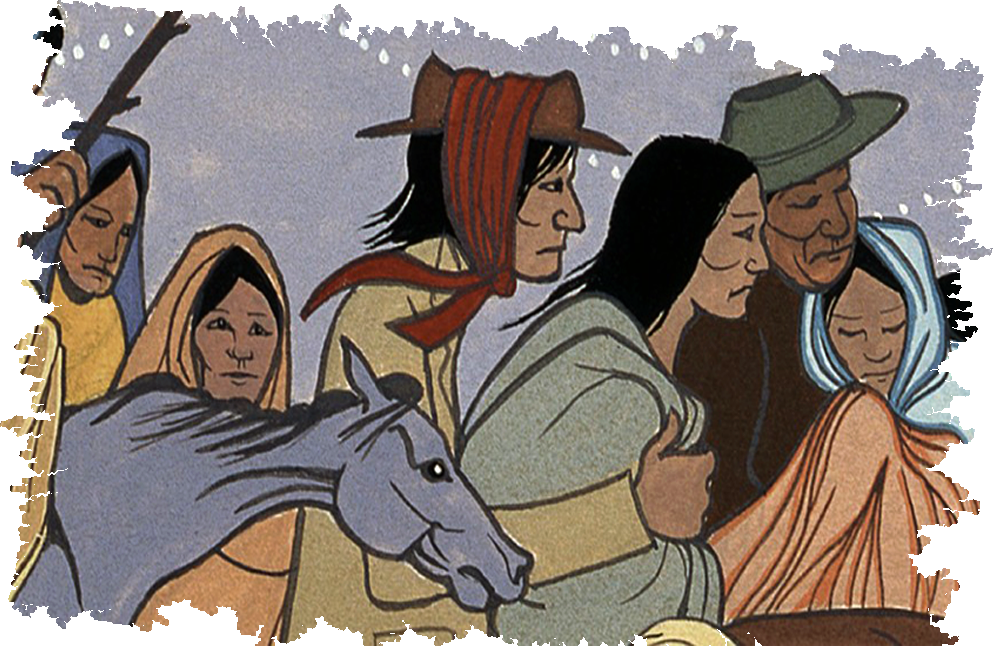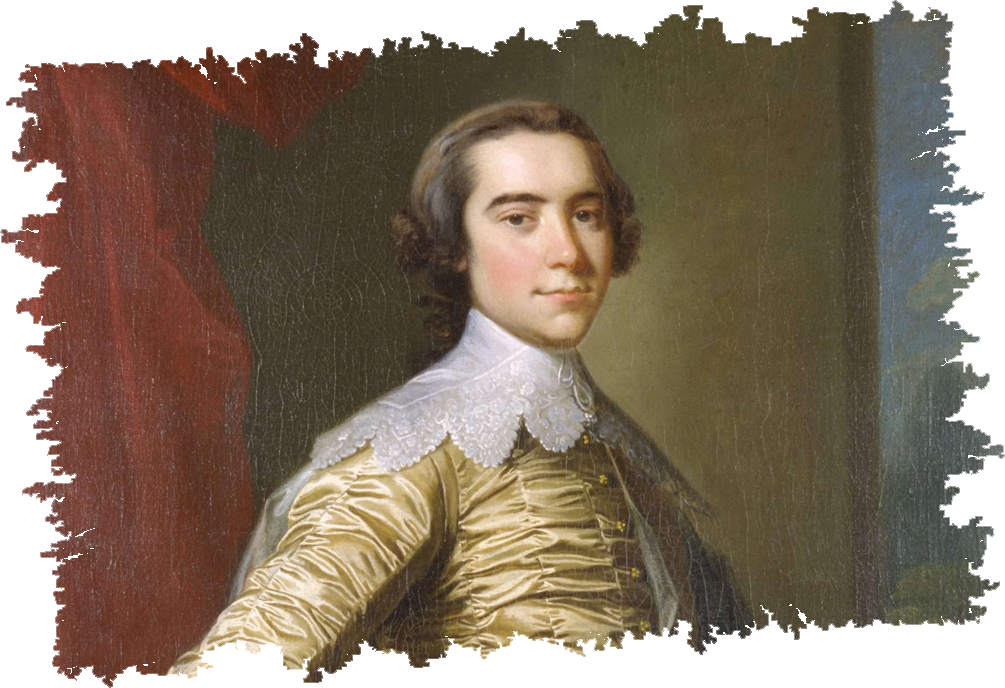The erasure of Native American identity in Virginia is a stark chapter in the history of racial injustice, exemplified by the policies enacted under the Racial Integrity Act of 1924. This law, championed by Walter Ashby Plecker, the first Virginia state registrar of vital statistics, aimed to classify all citizens into just two racial categories: “white” and “colored.”
Walter Plecker served as registrar from 1912 to 1946, using his position to advance eugenics, a pseudo-scientific movement that sought to justify white supremacy by marginalizing non-white communities. Plecker’s fervent promotion of these ideas led to the implementation of the Racial Integrity Act, which required that every birth record include a racial designation. This law remained in place until the United States Supreme Court overturned it in 1967 in the landmark Loving v. Virginia case.
Plecker’s policies were particularly devastating for Virginia’s Native American communities. Declaring that Virginia Indians were merely “mixed-blooded negroes,” Plecker systematically pressured state agencies to reclassify Native Americans as “colored.” His tactics stripped individuals of their Native identity on official records, effectively erasing centuries of cultural heritage and identity. This practice, often referred to as “paper genocide,” was a calculated effort to eliminate recognition of Native American tribes, further marginalizing these communities and creating significant barriers to achieving state and federal recognition.
Beyond targeting Native Americans, Plecker’s policies also dehumanized African Americans, poor whites, and anyone he deemed “feebleminded.” His misuse of racial classification not only entrenched social hierarchies but also perpetuated a legacy of discrimination and erasure that many communities still grapple with today.
The impact of the Racial Integrity Act endures, as Virginia’s Native American tribes have had to work tirelessly to reclaim their identities and fight for recognition. Plecker’s actions serve as a sobering reminder of how laws and policies can be weaponized to suppress and erase marginalized groups, underscoring the importance of safeguarding cultural heritage and human rights for all.
By reflecting on this dark period in history, the Northern Neck Hidden History Trail seeks to honor the resilience of those whose identities were stripped away and amplify the stories of survival and persistence that continue to inspire future generations.

